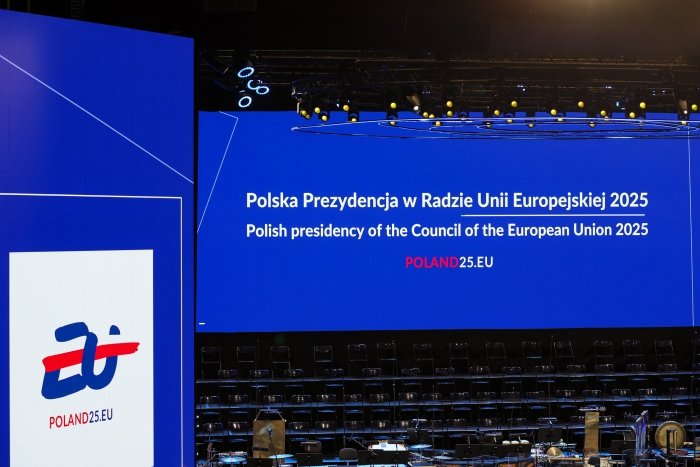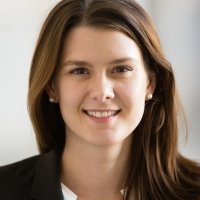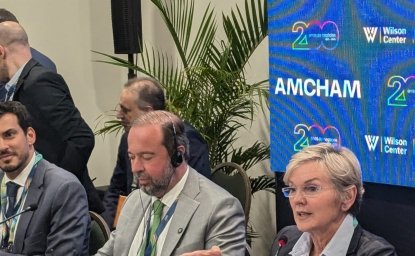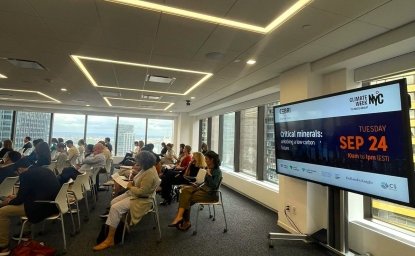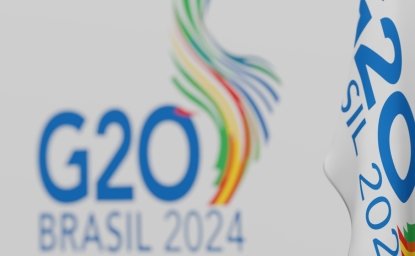There are 85 million cows in the Brazilian Amazon: three times as many cows as people. Their presence has proven to be something of a Roschach test, with proponents arguing that the cattle industry is the economic lifeblood of the region while others see it as destroying the critical and irreplaceable resource that is the Amazon forest. Agriculture is a key driver of the Brazilian economy, accounting for almost 24 percent of the country's GDP in 2017, and Brazil is expected to play a critical role in feeding the rapidly growing global population. Yet since the 1970s, approximately 20 percent of the Brazilian Amazon has been cleared. Although the deforestation rate has fallen in the last decade, the forest remains under pressure from industry and agriculture. Both sides agree, however, that the Brazilian government's environmental regulations go largely unenforced.
The recent film Grazing the Amazon examines this challenging issue at depth, through thought-provoking interviews with cattle ranchers—including some who have adopted and advocate sustainable practices—, slaughterhouse owners, government officials, and environmental activists. Although the documentary focuses on the conflict between environmentalism and agriculture in Brazil, it also shows that there is a better way forward: the use of more sustainable cattle ranching practices, which require less land per pound of beef, and incentives to promote the use of already-degraded Amazon lands for cattle ranching instead of further deforestation.
GRAZING THE AMAZON
PRODUCED BY: ((O))ECO
DIRECTED BY: MARCIO ISENSEE E SÁ - DIRETOR, EDUARDO PEGURIER E PAULO ANDRÉ VIEIRA - PRODUÇÃO EXECUTIVA, JULIANA TINOCO - ROTEIRO, BERNARDO CAMARA - PRODUÇÃO, PAULO BARRETO E EDUARDO PEGURIER - ARGUMENTO
SUPPORTERS: IMAZON
PRESENTED BY: MOORE FOUNDATION & NORAD
COPRODUCTION: IMAZON
